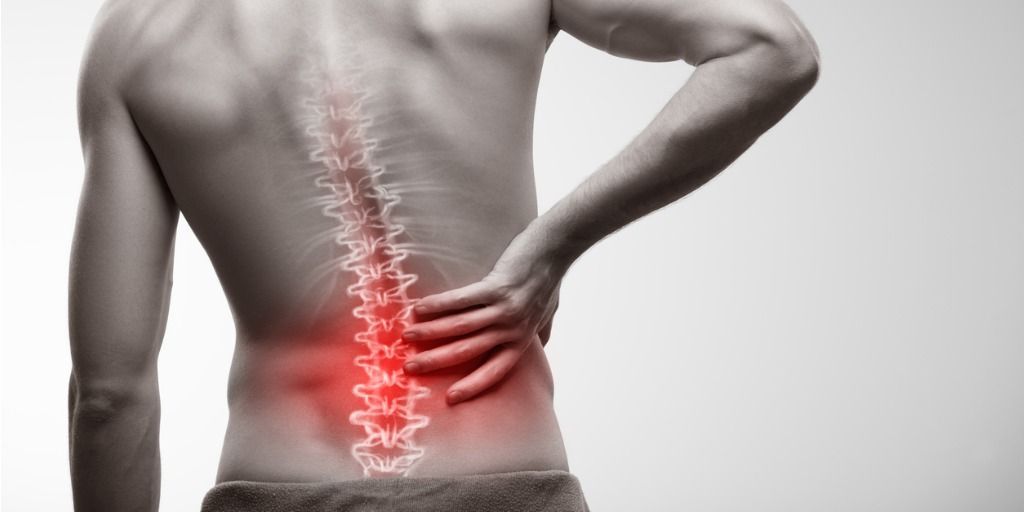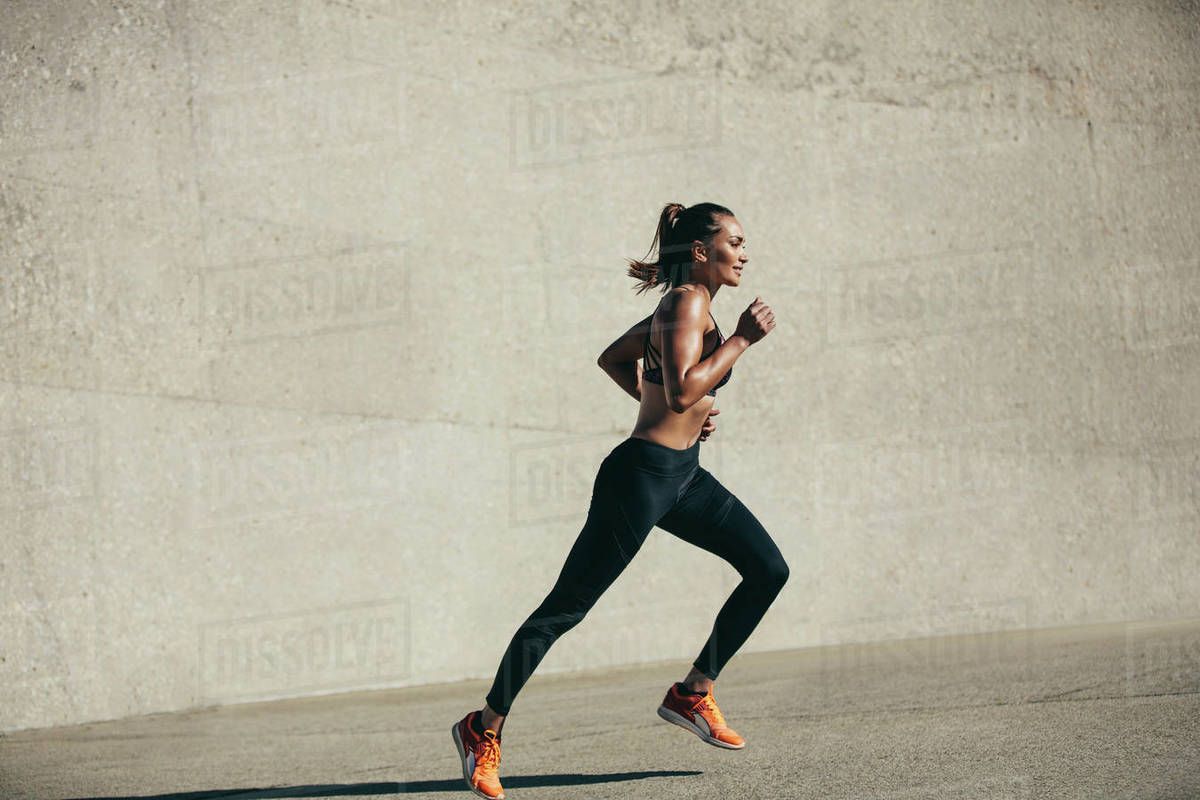Health benefits of hot and cold exposure.
Heat exposure and cold plunge are two distinct types of therapy that can have significant benefits for the body. Heat exposure can include activities like sauna use and steam rooms, while cold plunge therapy usually involves immersion in ice-cold water. While these therapies are often used separately, there is growing evidence that combining heat and cold therapy can have a synergistic effect and provide even greater benefits for the body.
Benefits of Heat Exposure
Heat exposure has been used for centuries as a form of therapy for various ailments. Sauna use, for example, has been shown to have benefits for cardiovascular health, respiratory function, and skin health (Leppäluoto et al., 2018). Sauna therapy can also have positive effects on the immune system, reducing the risk of infection (Laukkanen et al., 2018).
- Improved Cardiovascular Health: Steam rooms help in improving cardiovascular health by increasing heart rate and dilation of blood vessels, essentially mimicking moderate physical activity. This increase in blood flow helps to improve oxygenation of the body's tissues (Kukkonen-Harjula & Kauppinen, 2006).
- Respiratory Benefits: Steam rooms can help to alleviate respiratory issues such as asthma, bronchitis, and allergies. The heat and humidity in a steam room can help to clear the respiratory tract and soothe the airways (Jokic et al., 2016).
- Improved Skin Health: Saunas can help to improve skin health by opening up the pores and promoting sweating. This sweating can help to remove dead skin cells and other impurities from the skin, leaving it looking refreshed and rejuvenated (Crinnion, 2011).
- Pain Relief: Saunas can help to relieve muscle and joint pain by increasing blood flow to the affected areas. The heat from the sauna helps to relax the muscles, which can alleviate pain and soreness (Oosterveld et al., 2009).
- Improved Immune System: Saunas can help to improve the immune system by increasing the production of white blood cells. The heat from the sauna stimulates the body's production of white blood cells, which are responsible for fighting off infections and diseases (Ernst et al., 1990).
Benefits of Cold Plunge
Cold plunge therapy, on the other hand, involves immersion in ice-cold water and is often used after exercise to reduce inflammation and speed up recovery. Studies have shown that cold plunge therapy can improve muscle soreness, reduce inflammation, and improve athletic performance (Bieuzen et al., 2013). Cold water immersion can also have benefits for the cardiovascular system, improving blood flow and reducing blood pressure (Lombardi et al., 2017).
Combined Benefits of Heat Exposure and Cold Plunge
While heat exposure and cold plunge therapy are often used separately, there is growing evidence that combining the two can have even greater benefits for the body. One study found that combining sauna use and cold-water immersion can improve cardiovascular function, reduce inflammation, and improve overall health (Leppäluoto et al., 2015).
The benefits of combining heat exposure and cold plunge therapy may be since the two therapies have opposing effects on the body. Heat exposure increases blood flow, while cold immersion reduces blood flow. Alternating between the two can create a "pumping" effect on the blood vessels, which can improve circulation and reduce inflammation (Takagi et al., 2018).
When considering mental health, there is growing evidence to suggest hot and cold exposure can have very positive effects:
- Improved Mood: Exposure to hot temperatures can release endorphins and serotonin, which can improve mood and reduce feelings of anxiety and depression. Cold exposure has also been shown to improve mood by activating the sympathetic nervous system, leading to an increase in norepinephrine levels.
- Stress Reduction: Both hot and cold exposure can help reduce stress levels. Heat exposure can lead to a relaxation response, while cold exposure can activate the body's natural stress response and help the body better cope with stressors.
- Improved Sleep: Heat exposure can improve sleep quality by promoting relaxation and reducing muscle tension. Cold exposure has also been shown to improve sleep by decreasing the time it takes to fall asleep and increasing deep sleep.
- Increased Energy and Focus: Exposure to both hot and cold temperatures can increase energy levels and improve cognitive function. Heat exposure can increase blood flow to the brain and enhance cognitive function, while cold exposure can increase alertness and focus.
- Improved Immune Function: Cold exposure has been shown to improve immune function by increasing the production of white blood cells and activating the body's natural defence mechanisms.
Conclusion
In conclusion, heat exposure and cold plunge therapy are two distinct types of therapy that can have numerous benefits for the body. While they are often used separately, the growing evidence of its benefits is exciting. By alternating between heat and cold therapy, individuals may be able to improve their cardiovascular health, reduce inflammation, and improve overall health and well-being.
References
Crinnion, W. J. (2011). Sauna as a valuable clinical tool for cardiovascular, autoimmune, toxicant- induced and other chronic health problems. Alternative medicine review, 16(3), 215-225.
Ernst, E., Pecho, E., Wirz, P., & Saradeth, T. (1990). Regular sauna bathing and the incidence of common colds. Annals of medicine, 22(4), 225-227.
Jokic, A., Kostic, M., Jokic, N., & Simic, D. (2016). The effect of sauna on patients with bronchial asthma. Vojnosanitetski pregled, 73(9), 803-808.
Kukkonen-Harjula, K., & Kauppinen, K. (2006). Health effects and risks of sauna bathing. International Journal of Circumpolar Health, 65(3), 195-205.
Oosterveld, F. G., Rasker, J. J., Floors, M., Landkroon, R., van Rennes, B., Zwijnenberg, J., ... & Koel, G. J. (2009). Infrared
Hewett, Z. L., Pumpa, K. L., Smith, C. A., Fahey, P. P., & Cheema, B. S. (2018). Effect of a 16-week Bikram yoga program on heart rate variability and associated cardiovascular disease risk factors in stressed and sedentary adults.
Ed Daccache
Workers Compensation Specialist ‑ Team Leader South (AEP, ESSAM)
Exercise Rehabilitation Services ‑ WA




